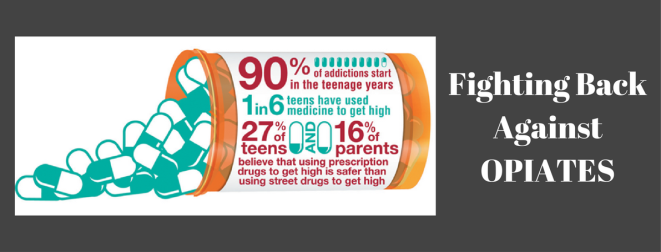
Dating back to periods before opiates were prescribed so freely (as is the case in recent years), Tylenol or Advil were more than enough to treat pain. Lower back pain, headaches, toothaches, and even minor swelling or discomfort, are some of the reasons doctors prescribe opiate based drugs to patients. California drug rehab facilities, along with the help of the CDC, and government agencies, have fought back against doctors prescribing these drugs in such high volumes. Not only are they not necessary, they cause far more harm than good to patients.
More addictive than many street drugs
Opiate based drugs are quite possibly the most addictive substance; this is especially true as it pertains to prescription pills and medication. The simple fact that they relax the body, immune system, and help target neurotransmitters to eliminate pain, are among the many reasons people tend to overdose. One of the main reasons they do become so widely addictive and overused is because they are so freely given. If a patient tells their doctor they have back pain, many doctors are quick to prescribe Oxycontin or Vicodin, when far more subtle medications (and non-prescription pills) would have an effect in treating discomfort. The freedom patients have is the gateway they need to become addicts.
Make prescriptions more stringent
A simple solution is to limit the type of conditions ,pain, or individual who truly requires the opiate drug. The problem with this is that the CDC, nor any other government agency, isn’t able to tell doctors what to prescribe or not prescribe. They can only give guidelines, and it is up to the doctor to follow such guidelines. This is why rehab facilities, as well as other governmental agencies have to step up and work towards better legislation and use standards, in order to limit the growth of the addiction problems in California, and throughout the US.
Cracking down on costs
New legislation is in place, such as the painkiller tax, which will tax wholesalers on the sale of these highly addictive prescription medications. This however is just one of the measures in place in California, to help curb the epidemic of freely prescribing these drugs. It is up to government officials, professional healthcare providers, and the manufacturers, to step in and limit use of these drugs. Not only to help limit overuse and abuse, but also to help end the need for addiction treatment in patients.
Limiting production to help illegal abuse
Street drugs are sold in extremely high quantities, especially in major metropolitan cities like LA. If manufacturers step in alongside the California drug rehab clinics, and government officials, this is a simple solution to helping limit illegal sale of drugs. But there is also the issue that drug manufacturers won’t stop production simply because they are asked to. As long as doctors are paying and prescribing their medications, they will continue producing them in high volumes. This is why additional measures have to be taken, in an effort to help curb abuse, and help limit illegal use and sale of opiate drugs.
Working with families and patients alike
For those who suffer from overdose, abuse, and rely on prescription opiates and drugs to treat pain, rehab is the only viable solution to treat such conditions. Although individuals can try to quit “cold turkey” on their own, it is an extremely difficult habit to kick. Seeing a bottle of painkillers is sometimes enough to trigger an individual to start using again. For those who suffer such abuse and overuse issues, inpatient treatment centers can help. Not only eliminating the desire to use, but also taking patients away from the people and places which led them to start abusing the medications, is the optimal solution to helping them get clean, and learn how to end reliance on these extremely addictive pills.
https://authoredsource.com/california-drug-rehabs-fighting-back-opiate-prescriptions/